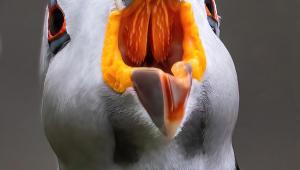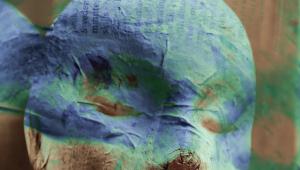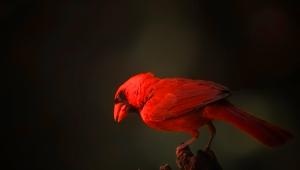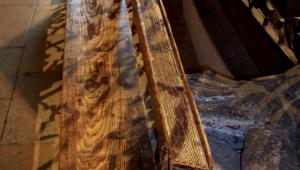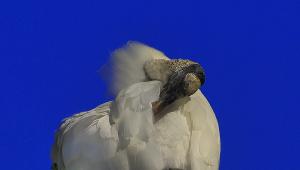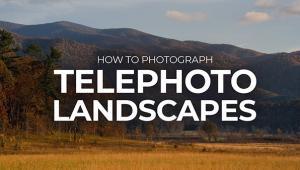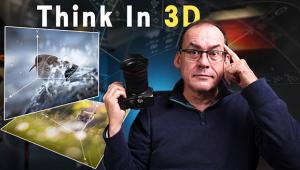Agency VII; Photographers Controlling Their Destinies Page 2
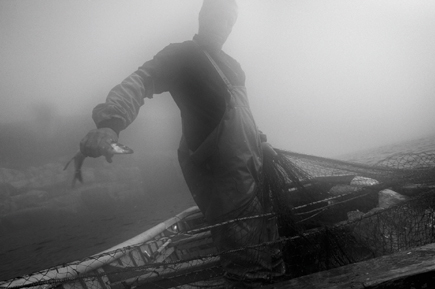 |
|
|
The agency has also signed a distribution deal with Associated Press (AP)
so their work is available and distributed for sale via the AP to the newspaper
market here in America. It is the first time an agency such as this is using
the AP as a mechanism for distribution. "We don't have the infrastructure
to reach the small newspapers out in the Midwest," Haviv says, "so
now we have that ability to contact an audience we were not able to get to before."
The agency's presence is growing and with the awareness of how the market
is changing, museum and gallery exhibitions, books, and speaking engagements
have become the major outlets along with the Internet for photojournalists to
show and distribute their work. For Greenfield the experience is overwhelming.
"All of this has allowed me to become part of the history of photography,"
she says.
 |
|
|
Numerous books of the individual photographer's works have been published.
One of the most outstanding literary examples, published by Georgio Baravalle,
is War, documenting the turbulent battle on terror. Beginning with Nachtwey's
terrifying photographs taken of September 11th followed by behind-the-scenes
photographs in the White House, the images show the war in Afghanistan, the
anxiety and tension in the Middle East, and combat scenes in Iraq. "It's
a big book and a big subject," Haviv says.
The photographers of VII realized from the beginning that they had similar beliefs
in the benefit of photography and what photography can do to maintain its place
in the world. They also brought different ideas and views of the world to the
table and in this way complement one another.
"It was always our intention to bring in people of comparable vision,
dedication, and belief," Haviv says. "There are some core similarities
but there are also these beautiful differences where people go off to expose,
cover, and document different events--like Lauren expanded the vision and
horizon of work that's available at the agency and that didn't exist
before she came.
 |
|
|
"Chris Morris is now covering the Bush administration at the beginning
of the second term. He is also one of the best conflict photographers in the
world," Haviv explains, "but since his wife has just had their second
child he has slowed down and is concentrating more on the cause rather than
the effect of politics."
With the stark realities of the battlefield looming large and needing to be
seen, Agency VII is turning to still other ways to communicate their work. Moving
further into the world of exhibitions and lectures, the group is currently very
interested in education and finding new and different means to get their message
out to young people.
On April 16th and 17th, Tufts University in Medford, Massachusetts, hosted the
agency's first annual seminar. The audience was out there--every
seat in the large auditorium sold out within the first two days. The schedule
included slide shows and lectures by the nine photographers as well as a lively
panel discussion titled "Is Anyone Out There Listening? The Relevance
of Photojournalism Today."
 |
|
|
It is a profound subject and Knight suggested that there is always a glimmer
of light and though things have changed, VII is adapting. Though much photojournalism
has been taken over by newspapers the past 10 years there are many new avenues
aside from the traditional media that keeps the work in front of the public.
Photography is their language and the photographer must have a real vision,
a purpose, and a story to tell. The photographers of Agency VII have spent their
careers bearing witness to every important national and international conflict
of our time. Nothing can tell us more than their photographs.
Nachtwey summed it up, saying, "I'm not here to discourage anybody,
but this job has never been easy. I started a long time ago. It was tough then
and it's tough now."
For more information on Agency VII, visit their website at: www.viiphoto.com.
- Log in or register to post comments

